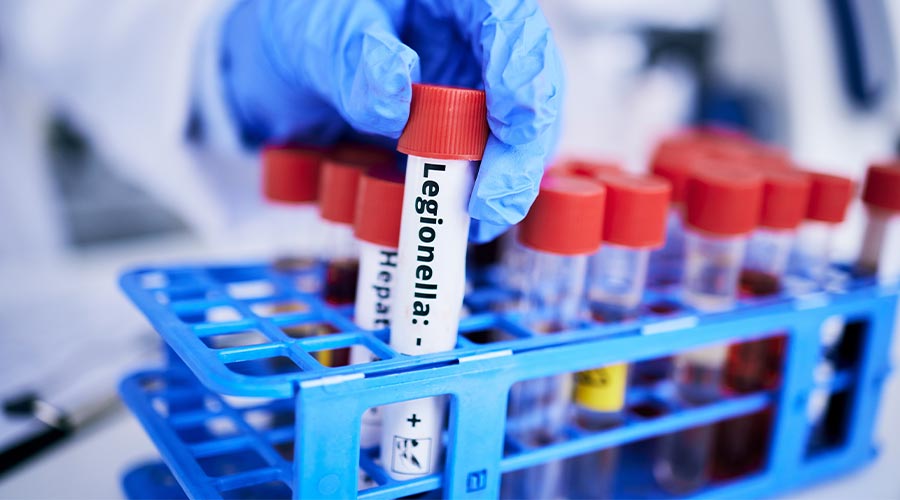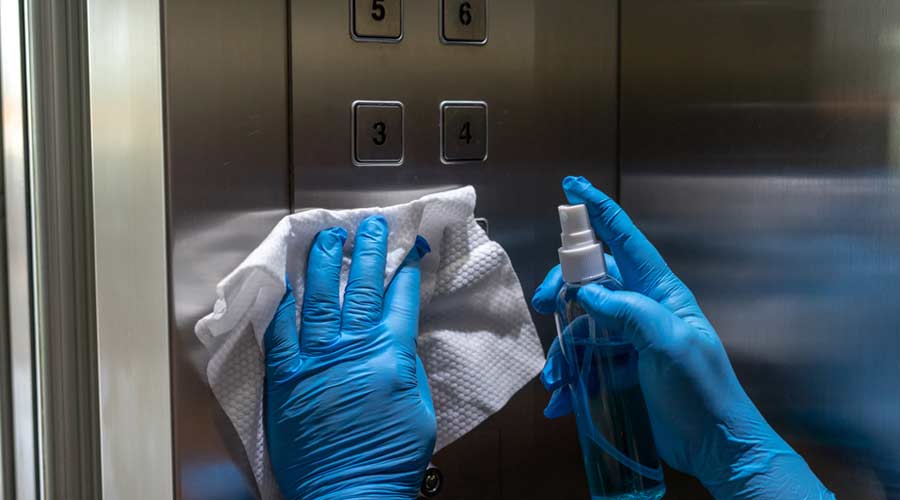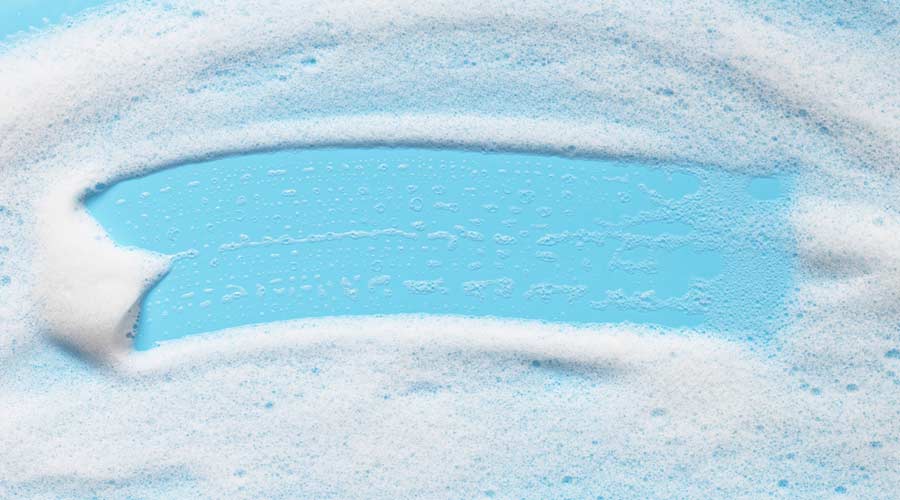
With cooling towers under increasing scrutiny for their role in building safety and HVAC efficiency amid a growing number of Legionella outbreaks, Goodway Technologies is calling attention to the importance of routine cleaning and maintenance for long-term system health and compliance. Cooling towers are essential for regulating temperature in large buildings, but without regular cleaning, they can become clogged with scale, biofilm, and organic debris, leading to reduced efficiency, higher energy costs, and increased risk of microbial growth.
“Cooling tower cleaning isn’t just about preventing Legionella—it’s about protecting your entire HVAC investment,” says Mark Rothenhausen, Sr. Director Sales Operations for Goodway Technologies. “Dirty towers work harder, cost more, and break down faster. Regular maintenance is the smartest move a facility manager can make.”
Here are five steps to proper cooling tower maintenance:
1. Inspect towers at least monthly. Sediment, scale and slime can lead to buildup and help Legionella grow and thrive. Regular inspections will help determine when to schedule cleaning.
2. Clean tower basin surfaces. If sediment is visible, the basin needs to be cleaned, and cooling tower vacuums make it easier to remove contaminants without shutting down or draining the system.
3. Descale the fill. The tower fill provides the perfect environment for bacterial growth, especially Legionella. A descaler will dissolve the scale and mineral deposits, that Legionella like to hide in, leaving the surface ready for cleaning.
4. Clean the fill. A cooling tower fill cleaner will remove dirt and debris and inhibit the growth of other bacteria, when utilized in conjunction with appropriate biocides.
5. Disinfect the tower. Cooling towers can be a dangerous breeding ground for bacteria, which makes it important to reduce the nutrients available for Legionella growth. Protocols for disinfection of Legionella are well defined by the Occupational Safety and Health Administration, the Centers for Disease Control and Prevention and the U.S. Environmental Protection Agency.

 The Down and Dirty on Cleaning in Virus Season
The Down and Dirty on Cleaning in Virus Season How Surfactant Use is Expanding in Commercial Cleaning
How Surfactant Use is Expanding in Commercial Cleaning